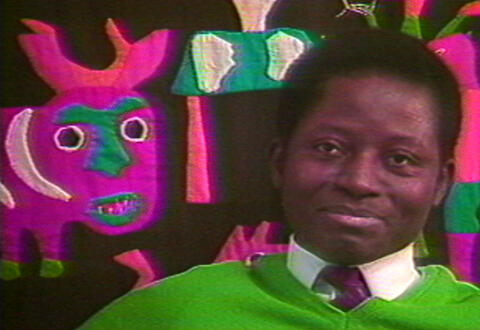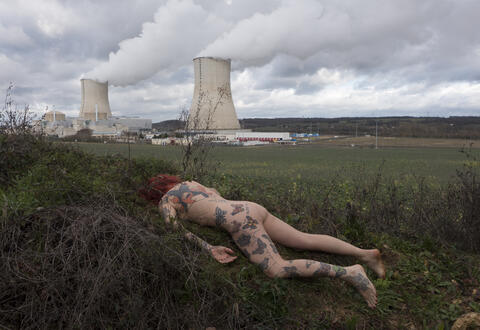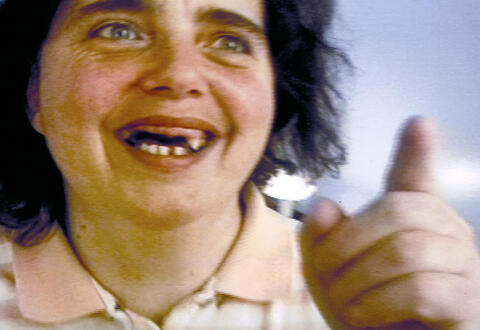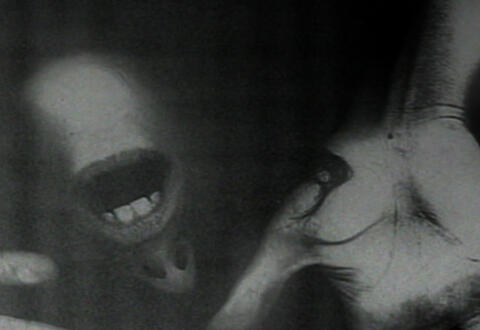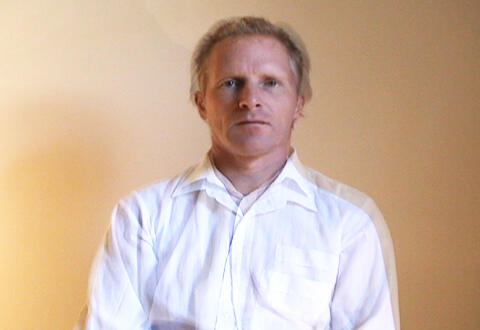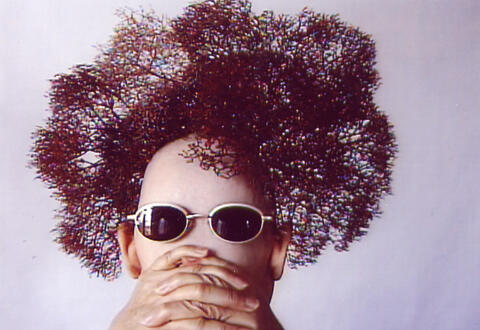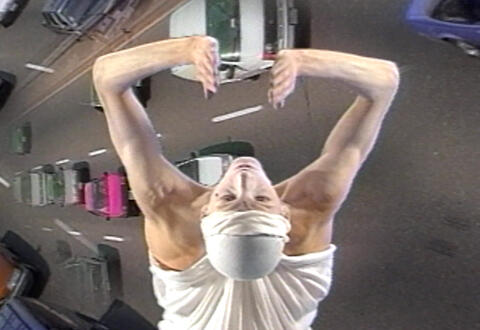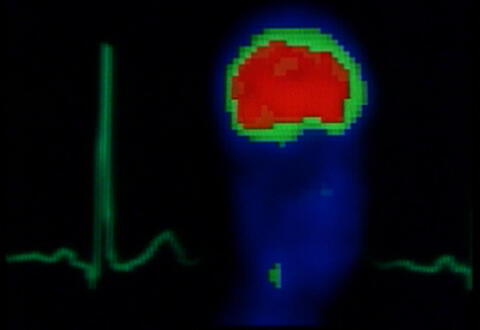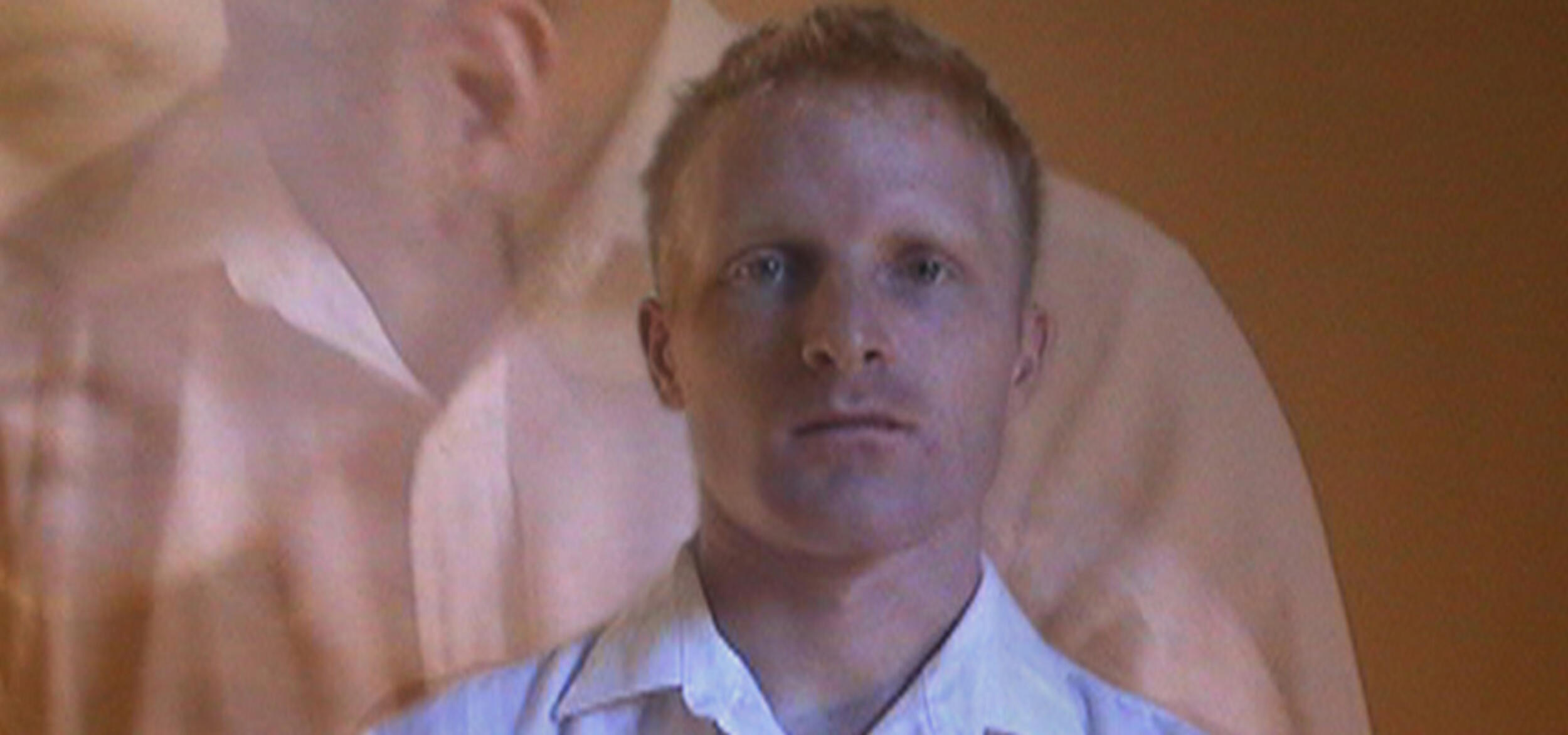
Sharing One’s Own Face
Sharing One’s Own Face, a project by French researcher and artist Lucie Szechter, considers the issues raised by the face in the practice of filming the self.
Born in Nantes (France) in 1987, Lucie Szechter obtained a Master’s Degree in Cinema Studies at the Université de Montréal before enrolling in the research/practice-based doctoral program ‘Art and Sciences’ at the École de Recherche Graphique (Brussels) and the Université de Liège. She directed Plage(s) (2014) and 27 ans (2016).
List of works in program
What is "autofilmage" (self-filming)?
By Lucie Szechter
Literally, auto, from the Greek αὐτὸς, means ‘by oneself’ and filmage, the act of filming. To film oneself. The first device for self-filming that comes to mind is undoubtedly the camera held by a fist turned towards the person who is filming themselves, as when ‘selfie’ videos are shot on a cell phone. This is easily identified when you come across a field of arms holding recording devices. The gesture brings together two functions of the video’s auteur within the actual frame itself: the person being filmed is also the person shooting the video, and vice versa.
What if the auteur of this video – or this film – had positioned their camera on a tripod started recording, and then sat down in front of the lens? And what if the auteur had asked a cameraman to film them? In the context of the definition that interests us here, this would qualify as self-filming, the term being in this case understood in the broad sense: when the filmmaker decides to physically enter into the field of vision of their own film, like Jonathan Caouette (Tarnation…), Vito Acconci (Theme Song…), Sylvie Laliberté (Bonbons Bijoux…), Agnès Varda (The Gleaners and I…), Nanni Moretti (Dear Diary…) and Charlie Chaplin (Modern Times…), or like all of the cameos – those fleeting appearances that cinephiles adore – by Alfred Hitchcock in his own films (Strangers on a Train…). The spectrum of self-filming is very broad – we could spend long winter evenings compiling lists of them. Self-filming is therefore not limited to a cinematographic genre in itself – it is simply one tool among many that the auteur has chosen to use. Nevertheless, all of these appearances – whether they last several seconds or several hours – have this in common: they are never anodyne. They are always an event. To varying degrees, once the viewer recognizes the filmmaker on the screen, the character that they embody in the film inevitably seems to take on a reflexive dimension. In certain cases, self-filming can even be divisive and as irritating as it is moving, as is the case in such works by Xavier Dolan, Alain Cavalier or Maïwenn, for example.
I have put together a program of several films in which the auteur steps in front of the camera. In curating this program, I considered the question from the perspective of the work’s reception – the viewers – and its enunciation – the filmmakers – simultaneously. What does it mean to me, as a viewer, to know that the person being filmed is also the person who is making the film? What is the effect, for example, of the filmmaker’s choice not to use an actor to play the role that we see on-screen? And, from the auteur’s perspective, what might their motivations be for choosing to put their own physical presence into their film? I will let you appreciate these works in light of these questions, knowing that there will of course be as many possible answers as there are viewers.
***
Sharing One’s Own Face is a project by Lucie Szechter made from Vidéographe’s collection as part of a research and curatorial residency. It was shown at Dazibao on May 23, 2018, as part of the dv_vd nights.
Image: Owen Eric Wood, Self Portrait, 2004.






